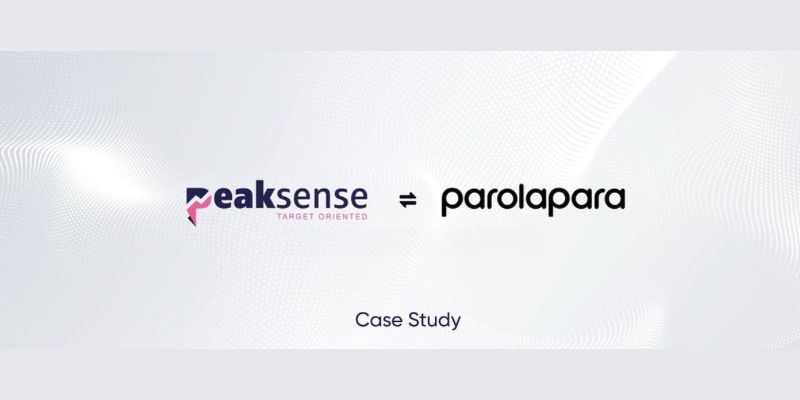The Security Shelf Problem: Why Your Cyber Tools Are Gathering Dust
July 10, 2025, 3 min read
Imagine this: You’ve spent six figures on a cutting-edge cybersecurity solution. Your vendor delivered. Your team nodded through the demo. Your compliance box got checked.Fast forward one year.The tool is still sitting there. Unused. Unintegrated. Forgotten.
This isn’t rare. In fact, it’s common. So common that there’s now a name for it — the Security Shelf Problem.
What Is the Security Shelf Problem?
The “security shelf problem” refers to cybersecurity tools that are purchased but never fully deployed or used effectively.
They gather digital dust — unused licenses, unconfigured dashboards, and a lot of wasted potential.
And with cybersecurity budgets rising year over year, the problem is quietly growing inside companies across the globe.
Why Does This Happen?
- 1. Lack of Communication Between Teams
Engineers may understand how a tool works. Executives know why it was bought. But no one aligns on how it should be used daily.
- 2. No Internal Champion
Security tools need someone who owns it, promotes it, trains others, and pushes integration. Without a product champion, tools fade into the background.
- 3. Training Gaps
Teams are often overwhelmed. They don’t have time to learn a new interface or monitor another dashboard. Even great tools can fail without onboarding and context.
- 4. Overpromising Vendors
Sales teams can oversell. Demos focus on magic. But real environments are messy — legacy systems, overworked teams, conflicting priorities. The gap between promise and reality grows wide.
- 5. Fear of Breaking Things
Some tools require deep integration with existing systems. Teams hesitate to activate them fully out of fear — fear of downtime, bugs, or user disruption.
The Hidden Costs of Shelfware
This isn’t just about wasted money (though that’s a big one). The real cost is opportunity.
- 🔸 Delayed threat detection because the right tool wasn’t watching
- 🔸 Missed compliance points during audits
- 🔸 Duplicated purchases of tools your team already owns but doesn’t use
- 🔸 Frustrated employees who feel overwhelmed with tools they never asked for
- 🔸 Vendor relationship strain from unmet expectations
And perhaps worst of all, shelfware gives a false sense of security. Leadership assumes “we’re covered,” while the real protection isn’t even turned on.
What Can Companies Do About It?
Fixing the shelf problem takes more than just dusting off old tools. It requires a strategic approach to people, process, and platform.
✅ 1. Perform a Tool Audit
Start with a spreadsheet. List every cybersecurity product you own. Note:
- 🔹 What it’s for
- 🔹 Who owns it
- 🔹 Whether it’s integrated
- 🔹 How often it’s used
Be honest. You’ll be surprised by how much is underutilized.
✅ 2. Assign Product Champions
Every tool needs an internal advocate. Not just an IT admin — a person who understands the tool’s value and promotes adoption.
✅ 3. Get Executive Buy-In — the Right Way
Executives don’t want dashboards. They want outcomes.
Tie every security investment to a business goal: risk reduction, regulatory compliance, cost savings, or faster response time.
✅ 4. Train Continuously, Not Once
One-time onboarding doesn’t work.
Offer small, focused micro-trainings. Create cheat sheets. Build muscle memory.
✅ 5. Collaborate with Marketing
Marketing teams are excellent at explaining complex things simply. Bring them in to help create internal campaigns, usage guides, or animated explainers.
Focus on People First
Organizations struggling with tool adoption is simple: It’s not about having the fanciest tools. It’s about using the right ones — well.
The security shelf problem is fixable. But only if you see it for what it is — not a tech failure, but a communication and strategy failure.
Every unused tool is a missed opportunity.
Every confused team is a sign to pause and realign.
It’s time to get those tools off the shelf and into action.
✅ Bonus Resource
Want to dig deeper? Here’s a 5-step internal checklist to assess your cybersecurity tool adoption health:
- ✔️ Is the tool actively used at least weekly?
- ✔️ Is someone responsible for managing it?
- ✔️ Do non-technical users understand its purpose?
- ✔️ Is it integrated into your incident response plan?
- ✔️ Can you measure its impact in a dashboard or report?
Score 4 or 5? You’re in great shape.
Score below 3? It’s time for a serious conversation:(




























